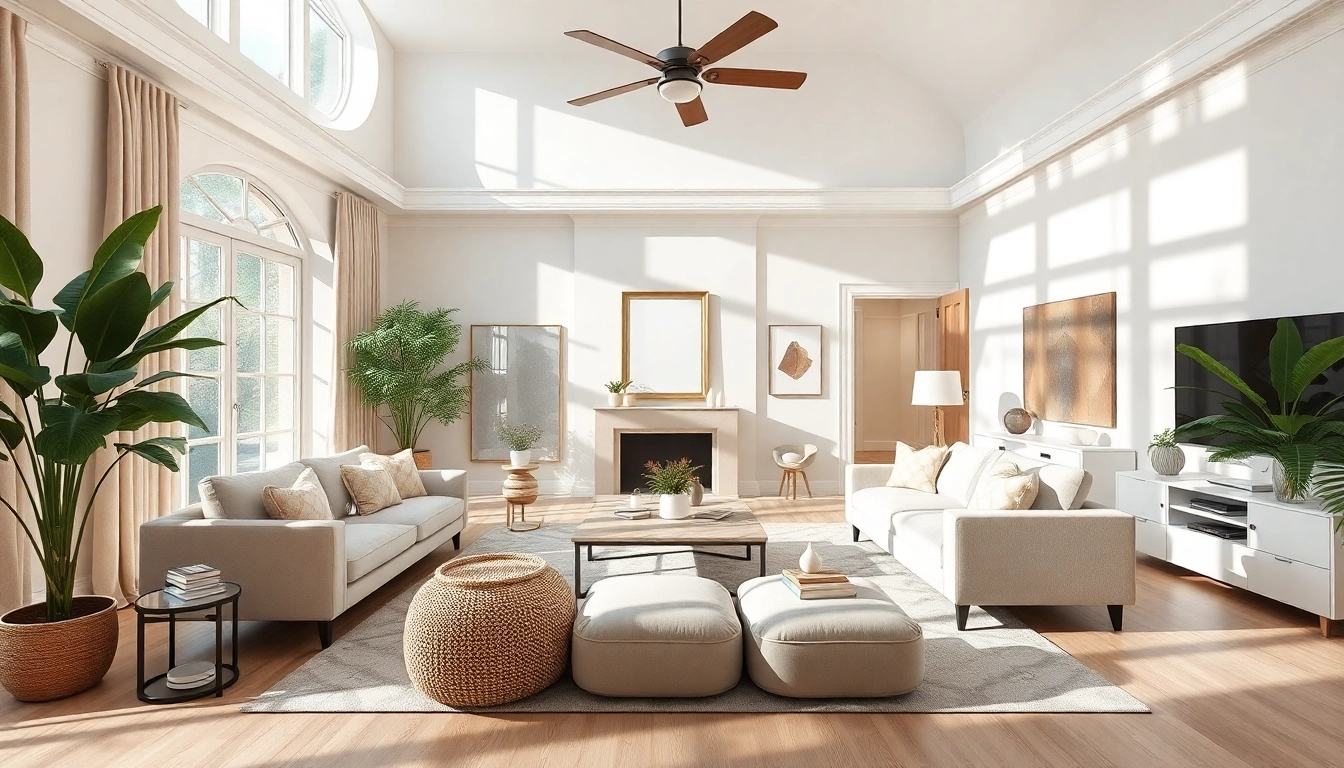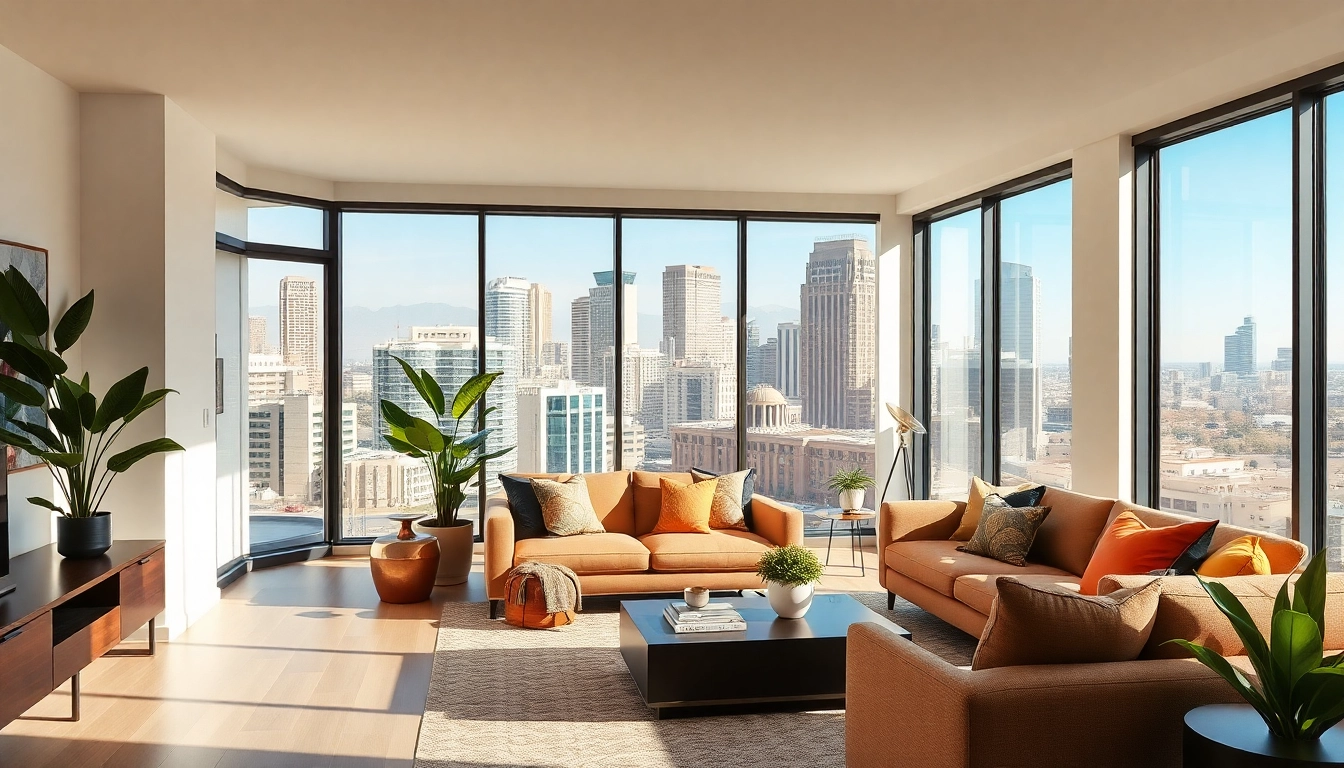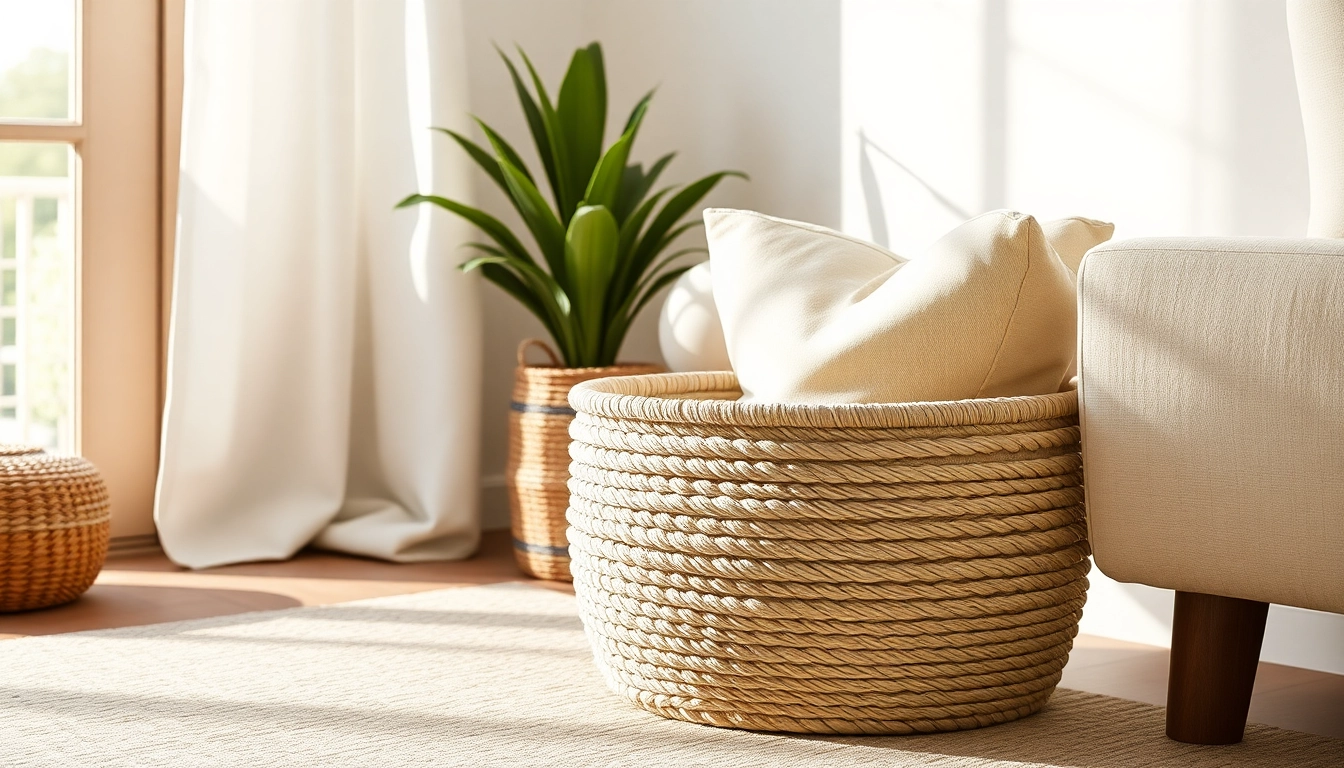Understanding the Concept of Entire Interior Design
When it comes to transforming a house into a home, the concept of the entire interior emerges as a vital aspect. This approach encompasses every inch of your living space, blending aesthetics, functionality, and personality into a cohesive design. Entire interior design is about visual storytelling; it communicates your style throughout various rooms, ensuring a seamless flow and aesthetic continuity that resonates with inhabitants and guests alike.
What Does Entire Interior Mean?
The term “entire interior” refers to the holistic design of an entire home rather than focusing solely on individual rooms. It embodies the concept of unity in design; all spaces are interconnected, and decisions made in one area influence the overall aesthetic. An entire interior design integrates considerations such as color palettes, furniture selection, and decor elements into a singular vision that extends from the foyer to the bedrooms, kitchen, and common spaces.
The Importance of Cohesion in Design
Cohesion is vital for creating an inviting atmosphere and making spatial transitions feel natural. Without it, different rooms may feel disjointed, leading to a cluttered appearance that detracts from your home’s overall appeal. Achieving cohesion involves strategic planning, such as selecting a unifying color scheme that flows through all rooms or choosing furniture and decor that share a common theme.
This is particularly important in homes with open floor plans, where visibility extends from one room to another. The design should feel like an extension of a central idea rather than isolated pockets of decor. Successful cohesion not only showcases your personal style but also enhances the functionality of the space, allowing for comfortable movement and accessibility.
Common Challenges in Achieving an Entire Interior
While the goal of designing the entire interior is appealing, there are several challenges that homeowners often face:
- Overwhelming Options: The vast array of styles and choices can feel daunting. Without a clear vision, one risks creating a chaotic environment.
- Lack of Experience: Many homeowners may not know how to integrate diverse elements into a cohesive plan.
- Budget Constraints: Comprehensive design efforts can be costly. Finding quality elements within budget often proves difficult.
- Incorporating Personal Style: Striking a balance between current trends and personal taste can lead to design indecision.
Being aware of these challenges and preparing for them can better position you for success in creating a stunning entire interior.
Choosing a Color Palette for Your Entire Interior
Color Theory Basics for Home Design
The foundation of any successful design is a well-thought-out color palette. Understanding color theory can significantly enhance the aesthetic appeal of your entire interior. Key concepts include:
- Color Wheel: The color wheel illustrates relationships among colors and helps in creating appealing combinations.
- Complementary Colors: These are colors opposite one another on the wheel; they create contrast and vibrancy.
- Analogous Colors: Located next to each other on the wheel, analogous colors provide harmony and stability.
- Monochromatic Schemes: This scheme uses varying shades of a single color, offering a restrained and elegant look.
By leveraging color theory basics, one can create a palette that enhances mood, affects space perception, and achieves the desired ambiance throughout the home.
Trendy Color Schemes for 2024
As we look to 2024, several color trends are emerging that can inspire your entire interior design:
- Earthy Tones: Warm browns, sandy beiges, and soft greens evoke a natural and cozy environment.
- Bold Jewel Tones: Rich colors like emerald green, sapphire blue, and deep ruby can create dramatic accents against neutral backdrops.
- Soft Neutrals: Light taupes, grays, and creams provide a fresh and airy feel, making spaces feel larger and more welcoming.
- Pastel Hues: Soft pinks, lavenders, and mint greens can add a playful touch to interiors.
These color palettes enable creative expression while facilitating an elegant cohesion throughout your home.
How to Incorporate Bold Colors Harmoniously
Incorporating bold colors into your entire interior doesn’t have to be overwhelming. Here are some strategies to do it harmoniously:
- Accent Walls: Choose one wall in a bold color while keeping the rest more neutral to create focal points in a room.
- Textile Choices: Utilizing bold colors in throw pillows, blankets, or rugs complements softer hue selections and adds depth.
- Artwork: Infusing bold colors into your decor through artwork can bridge color gaps and create engaging visual narratives.
- Mixing Tones: Pairing bold colors with varying shades and textures can create a sophisticated interplay within the design.
By thoughtfully incorporating bold colors, you can create an entire interior that feels vibrant and energizing yet balanced.
Furniture Selection: Enhancing Your Entire Interior
Finding the Right Style and Pieces
When selecting furniture for the entire interior, compatibility with the overall theme and color palette is essential. Consider these aspects:
- Style Consistency: Choose pieces that align with your chosen style, whether it’s modern, traditional, bohemian, or minimalist.
- Functionality: Prioritize functional furniture that meets your lifestyle needs. Consider multi-purpose items like storage ottomans or expandable tables.
- Scale and Proportion: Ensure that the size and visual weight of pieces fit the room dimensions, promoting harmony and balance.
Using these guidelines can help in finding furniture that enhances your entire interior rather than detracting from it.
Spacing and Flow Considerations
Creating an inviting atmosphere depends significantly on how well furniture is arranged:
- Traffic Flow: Ensure that there are clear pathways for movement, avoiding clutter and maintaining an open feel.
- Grouping: Arrange furniture into conversation areas to promote interaction and a cozy ambiance.
- Visual Lines: Use furniture placement to enhance or create visual lines in the space, guiding the eye and encouraging exploration.
Thoughtful furniture arrangement will enrich the overall flow of your home, making it more functional and enjoyable.
Combining Different Textures and Materials
One of the secrets to a dynamic design is layering differing textures and materials:
- Textiles: Introduce variety with rugs, cushions, and throws made from different fabrics such as linen, velvet, or wool.
- Natural Elements: Wood, stone, and metals can add depth and visual interest.
- Contrast: Pair soft materials with hard surfaces and smooth finishes with textured ones to create a balanced aesthetic.
This careful curation of materials enhances the tactile experience of your entire interior, making spaces feel warm and inviting.
Decor Elements That Complete Your Entire Interior
Essential Decor for Every Room
Decorative elements can make or break the feel of a space. Here’s a look at essential decor for various rooms:
- Living Room: Artwork, sculptures, and statement lighting can elevate the overall design.
- Bedroom: Bedding, curtains, and wall decor should create a restful oasis.
- Kitchen: Functional decor such as attractive dishware or colorful canisters can brighten the space.
- Bathroom: Textiles and accessories should accentuate relaxation and cleanliness.
Ensuring each room is equipped with the right decor can lift the entire interior ambiance.
Using Accessories to Add Character
Accessories, while often overlooked, play a crucial role in personalizing spaces:
- Choosing Personal Pieces: Family heirlooms, travel souvenirs, or handmade decorations can tell your story.
- Layering: Utilize grouping methods to create vignette arrangements on shelves, coffee tables, and mantels.
- Balance and Contrast: Add varying sizes and shapes to create interest but maintain visual balance.
Well-placed accessories can inject warmth, humor, and personality into your entire interior.
Bringing Nature Inside: Indoor Plants Effectively
Introducing nature into your home through indoor plants is one of the best ways to enhance your interior:
- Air Quality Improvement: Plants actively purify the air, creating a healthier living environment.
- Visual Appeal: The color green refreshes the space and adds vibrancy.
- Design Flexibility: Choose different planter styles to match your interior aesthetic while varying heights and textures.
By carefully selecting and placing indoor plants, you cultivate a harmonious living space that feels alive and invigorating.
Tips for Maintaining a Beautiful Entire Interior
Regular Maintenance Best Practices
Once you have established your entire interior, keeping it beautiful requires ongoing effort:
- Cleaning Schedule: Create a consistent cleaning routine to prevent dirt and clutter build-up.
- Regular Inspections: Periodically assess furniture, decor, and finishes for signs of wear and tear, addressing issues before they escalate.
- Updating Textiles: Rotating or replacing pillows, throws, and curtains can invigorate a space without a complete overhaul.
Maintaining your home helps keep it looking fresh and inviting for everyone who enters.
Seasonal Updates to Keep It Fresh
Changing your home’s decor seasonally can provide a refreshing outlook without extensive redesign:
- Seasonal Colors: Swap textiles based on season—for instance, lighter fabrics in summer and warmer textures in winter.
- Seasonal Decor: Use holiday or season-specific decor to subtly shift the mood throughout the year.
- Outdoor Focal Points: Update planters or outdoor decorations to create visual connections between indoor and outdoor spaces.
These seasonal touches can revitalize your entire interior, keeping it dynamic and engaging.
Common Mistakes to Avoid in Interior Design
As you journey through the world of interior design, it’s essential to recognize common pitfalls that can hinder your vision:
- Overcrowding: Allowing too much furniture or decor in a space can overwhelm the senses.
- Lack of Planning: Neglecting to plan layouts and color choices can lead to disorganization and inconsistency.
- Ignoring Scale: Selecting items that don’t match the scale of the room can disrupt proportions and balance.
- Trendy Overload: Overusing current trends at the expense of your personal style can lead to a design that feels forced.
By avoiding these common mistakes, you can set the foundation for a timeless and harmonious entire interior that reflects your unique style.



